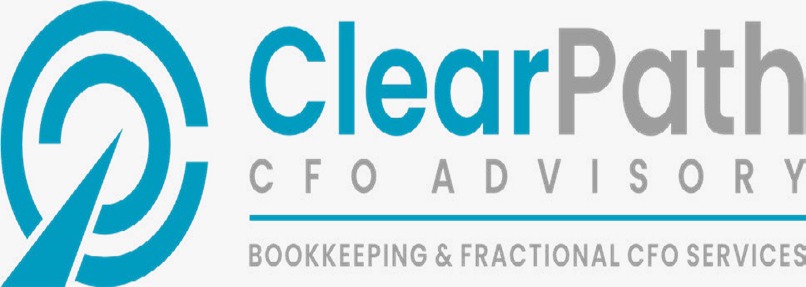The Problem
Owners of pass-through entities such as S-Corporations, LLCs, and Sole Proprietorships—are often taxed at their personal income tax rate, which can exceed 50% in some states.
Without the right entity structures and strategies in place, business owners lose access to valuable statutory tax breaks and federal tax incentives.

The Solution: Tax Strategy Analysis
Our Tax Law Firm provides a comprehensive Tax Strategy Analysis to identify and implement legal methods that reduce overall tax liability.
What We Do
- Analyze your company’s structure and financials
- Identify entity-specific and federal strategies to reduce taxes
- Help implement the chosen strategies effectively
We typically reduce business owner taxes by 20%–40%.
Who Can Benefit
Any business in the United States that feels it’s paying too much in taxes.
Learn more: https://clearpath-cfo.com
Other Specialized Tax Programs
1. Section 125 Plan
What It Is:
A Section 125 plan (Cafeteria Plan) allows employees to pay for certain benefits with pre-tax dollars.
How It Helps:
- Enhances existing benefit plans—does not replace them
- Creates guaranteed profit for the business
- Increases employee take-home pay
- Offers a Personalized Health Management Program at no cost to employees
Who Qualifies:
Businesses in the U.S. with 10 or more employees
2. Cost Segregation Study
What It Is:
A Cost Segregation Study accelerates depreciation on specific components of a commercial property, reducing tax liability in the early years of ownership.
How It Helps:
- Dramatically reduces taxes during initial ownership years
- Frees up cash flow for reinvestment
Who Qualifies:
- Owners of commercial buildings
- Businesses that have completed large tenant improvements
3. Work Opportunity Tax Credit (WOTC)
What It Is:
A federal tax credit available to employers who hire individuals from targeted groups that face barriers to employment.
How It Helps:
- Provides tax credits for hiring eligible employees
- Encourages workforce diversity and social impact
Who Qualifies:
Employers who hire 20 or more new employees per year
4. Research & Development (R&D) Tax Credit
What It Is:
A tax credit for businesses that perform qualifying research and development activities to improve efficiency, productivity, or profitability.
How It Helps:
- Rewards innovation and operational improvement
- Credits often apply to a wider range of activities than most companies realize
Who Qualifies:
Any employer enhancing internal systems or processes using technology or the sciences
5. 831(b) Micro Captive Insurance
What It Is:
A Micro Captive allows a business to self-insure for specific risks while deducting contributions as a business expense.
How It Helps:
- Contributions are 100% tax-deductible
- Funds grow tax-deferred and can be used for legitimate claims
- Unused reserves can later be distributed as capital gains
Who Qualifies:
Businesses setting aside $200,000 or more annually to manage and insure against business risks
6. Deferred Capital Gains Trust
What It Is:
A trust designed to defer capital gains taxes from the sale of appreciated assets such as businesses, real estate, or investments.
How It Helps:
- Defers capital gains taxes indefinitely (even into the estate)
- Increases the pool of capital available for reinvestment
- Leverages the time value of money for greater long-term returns
Who Qualifies:
Individuals selling appreciated assets with $450,000 or more in capital gains
Next Steps
Our firm will:
- Conduct a detailed Tax Strategy Analysis
- Identify the most effective strategies for your business
- Implement them for measurable results
We typically reduce business owner taxes by 20%–40%.
Learn more at: https://clearpath-cfo.com

